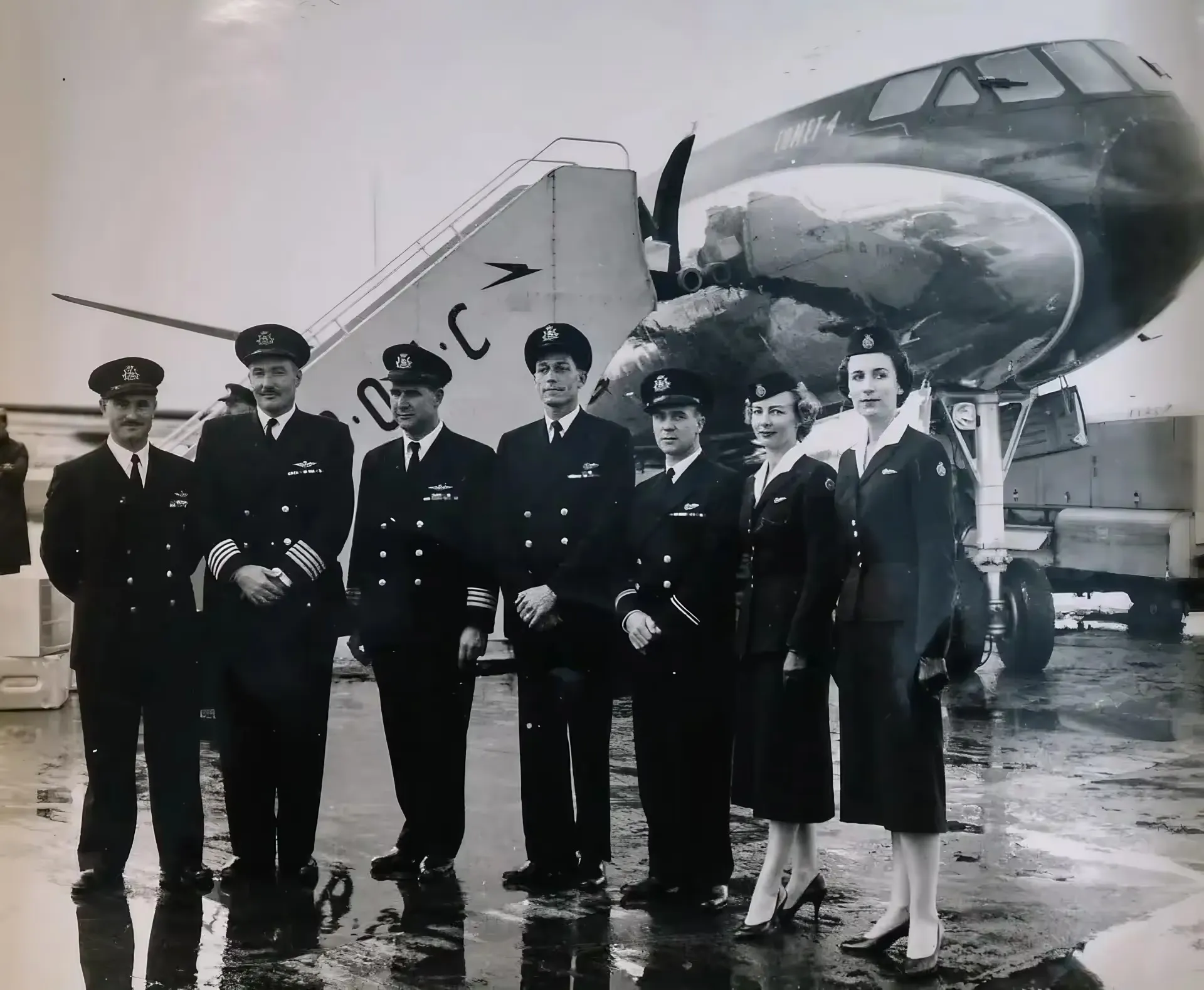DALLAS — Today, in 1958, British Overseas Aircraft Corporation (BOAC) launched the world's first jet-powered transatlantic flight.
Using the de Havilland Comet 4, BOAC beat rival Pan American to the post by just three weeks, operating the first jet service across the North Atlantic to New York. This was despite Pan Am launching a high-profile advertising campaign, announcing their intention to begin their service with the Boeing 707 on October 26.
G-APDB operated the eastbound flight, and G-APDC operated the westbound. The two aircraft passed about 300 miles apart at 47°W and 1335°Z. Sir Gerard d’Erlanger, BOAC’s Chairman, aboard the westbound aircraft, and Basil Smallpiece, Managing Director, in the eastbound aircraft, exchanged messages during the flights.

A Transatlantic Triumph
Two Comets took off simultaneously from London Airport and New York Idlewild, operating the crossings in opposite directions.
The westbound flight left London at 08:53 local time. Piloted by Captain Roy Millichap, the aircraft arrived in New York ten hours and 22 minutes later after a refueling stop in Gander, Newfoundland. Onboard were 31 passengers, including the Chairman of the Board of BOAC. He carried a letter from the Lord Mayor of London, Sir Denis Truscott, to Mayor Wagner of New York.
The eastbound flight was commanded by Captain Tom Stoney. It left New York at 07:00 local time and made the crossing in a record-breaking six hours and 11 minutes.
The two jets passed each other mid-Atlantic, approximately 300 miles apart. The momentous occasion was marked with a champagne toast.

The American Rival
Despite the Comet beating the Boeing 707 across the pond, it would be the American airliner that would eventually triumph over its British rival.
The Comet would go on to improve BOAC's transatlantic traffic by 40% in the first year. New flights were added to Boston and Toronto.
However, the Comet did not have the range to operate the westbound flights on a regular basis. Thus in 1960, the Boeing 707 replaced its rival on most transatlantic services.
Featured image: The crew of the westbound flight is pictured at London Airport on October 4, 1958.




